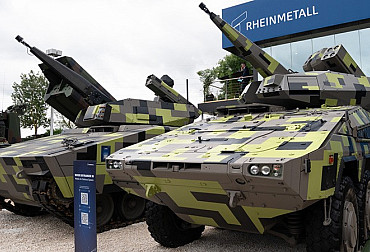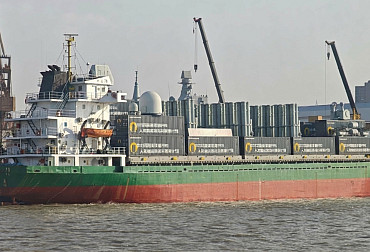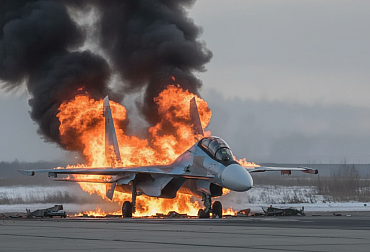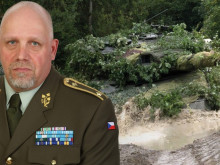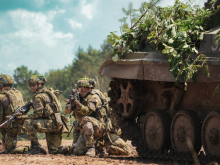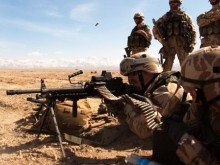Possibilities of wheeled artillery reconnaissance in the Czech Army
Due to the very uncertain situation regarding the financing of the modernization of the Czech Army in the area of new tracked Infantry Fighting Vehicles and their specialized versions, it is necessary to look for alternatives. The Pandur II platform introduced in the Czech Army may be an alternative for artillery reconnaissance. What are the main advantages of the wheeled reconnaissance variant for the Czech artillery?
In the document, which summarizes the intended modernization projects of the Czech Army, we can see that as part of the replacement of the obsolete BVP-2 vehicles, the Czech Army also plans to acquire a new variant of the tracked IFV for artillery reconnaissance. At present, the Artillery Regiment in Jince has two types of special equipment for artillery reconnaissance. These are Sněžka and LOS vehicles. Both types are based on the outdated BVP platform, however, they have modern radars and electro-optical sensors. As already mentioned, Czech Army plans to replace the Sněžka and LOS vehicles with new platform vehicles. Due to financial uncertainty, the option of a lower number of purchased tracked IFVs is not excluded. Given the commitment to NATO - to build a heavy brigade by 2026, it can be assumed that, as part of any savings, the acquisition of specialized versions of tracked vehicles will be abandoned for the time being. However, soldiers from Jince do not have to panic. There is a solution that is very well known in the Czech Armed Forces. It is the acquisition of a Pandur II wheeled vehicle with integrated radar and electro-optical sensors - the Pandur II PZLOK version, which is a designation for a reconnaissance version of the vehicle that carries a radar. Currently, such vehicles are used in the 4th Rapid Deployment Brigade.
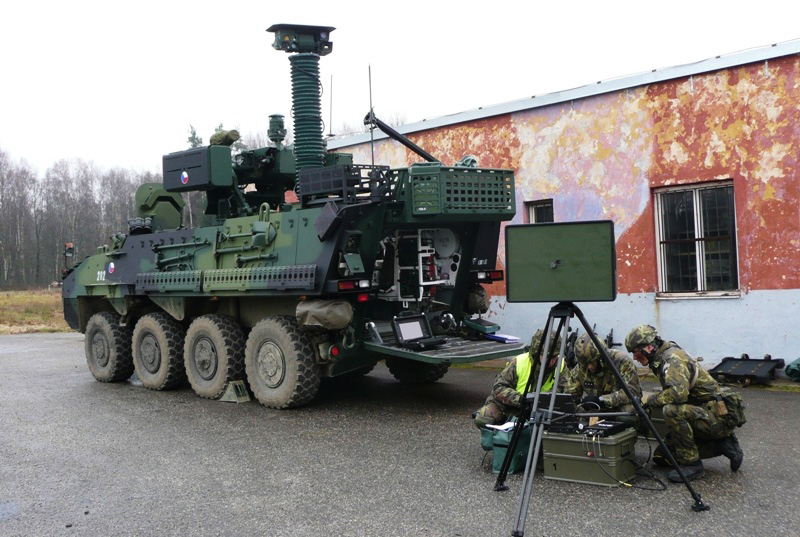 Picture: KBV-PZLOK (wheeled reconnaissance combat vehicle with locator) Pandur II CZ | 42nd Mechanized Battalion / Ministry of Defense of the Czech Republic
Picture: KBV-PZLOK (wheeled reconnaissance combat vehicle with locator) Pandur II CZ | 42nd Mechanized Battalion / Ministry of Defense of the Czech Republic
The first advantage of this solution is the fact that Pandur II is already a platform established in the Czech Army. This eliminates the problems with the possible need to train staff, etc. At the same time, Czech Army wants to modernize the Pandur II platform in the future, which means that it counts on it in the future. Recently, the 4th Rapid Deployment Brigade also received new versions of the Pandur II. Specifically, these are the KOVVŠ and KOVS versions - command-staff and communications. This once again confirmed the Czech Army's interest in expanding the portfolio of the Pandur II platform. In addition to the above-mentioned advantage, it also offers the unification of the chassis of the Artillery Regiment, which in the event of the acquisition of artillery reconnaissance on the Pandur II platform would switch to wheeled chassis (CAESAR howitzers, LOV reconnaissance vehicles, TITUS vehicles). This will allow greater mobility of the entire regiment, which can have a positive impact when deployed. Deployment of the regiment over longer distances will also be simplified, as wheeled vehicles can be more easily transported by aircraft.
The second advantage is the support of domestic industry. The Pandur II platform is manufactured in the Czech Republic. The mentioned new KOVVŠ and KOVS versions of Pandur vehicles were completely manufactured in the Czech Republic. The inclusion of other versions and Pandur vehicles in the Czech Army will significantly help the export potential of the vehicle abroad. Let’s recall that the manufacturer already supplies the Pandur vehicles to Southeast Asia today. At the same time, the Czech defense industry provides service for Pandur vehicles serving in the Czech Army. Increasing the number of used vehicles will also help service companies. The production of other vehicles in a given reconnaissance configuration will also lead to experience, which in the future may lead to the development of a completely Czech version of the Pandur reconnaissance vehicle, as well as with the above-mentioned KOVVŠ and KOVS versions.
The third advantage is the integration of the same sensors as in the LOS and Sněžka vehicles. Specifically, it is the Squire radar and integrated reconnaissance system (IPzS). The acquisition of the Pandur II PZLOK vehicle will, in essence, lead to the combination of the capabilities of the LOS and Sněžka vehicles into one vehicle. It implies that members of the artillery reconnaissance units would use the systems to which they are accustomed in their work. The same radar and reconnaissance vehicle is used by the Pandur II PZLOK vehicle in the 4th Rapid Deployment Brigade. Unification of used radars and reconnaissance means will reduce costs and simplify the logistics of spare parts and servicing of these systems.
In the future, the possible integration of a purely Czech radar, such as ReGUARD, can be considered for Pandur II PZLOK vehicles. The second way to expand the reconnaissance capabilities of Pandur II vehicles in the future is to integrate a small reconnaissance drone with a vertical launch. To increase the self-defense and offensive capabilities of the vehicle, a certain number of loitering munition can be integrated together with the said unmanned vehicle in the same way as this couple is integrated on American eight-wheeled Stryker vehicles.
As mentioned in the introduction to this article, uncertain funding and the need to ensure a sufficient number of tracked IFVs for the 7th Mechanized Brigade may lead to the postponement of the acquisition of specialized versions of the IFVs. However, the modernization of artillery must not be overlooked, as it is a unit of combat support, which has an irreplaceable place in the Czech Army. In addition, the first pieces of new CAESAR howitzers and TITUS fire support coordination vehicles will be delivered within two to three years. If the means of artillery reconnaissance are not modernized, the modernization of the Czech artillery will end in the so-called halfway, which may affect the level of combat capability of the entire army.
















